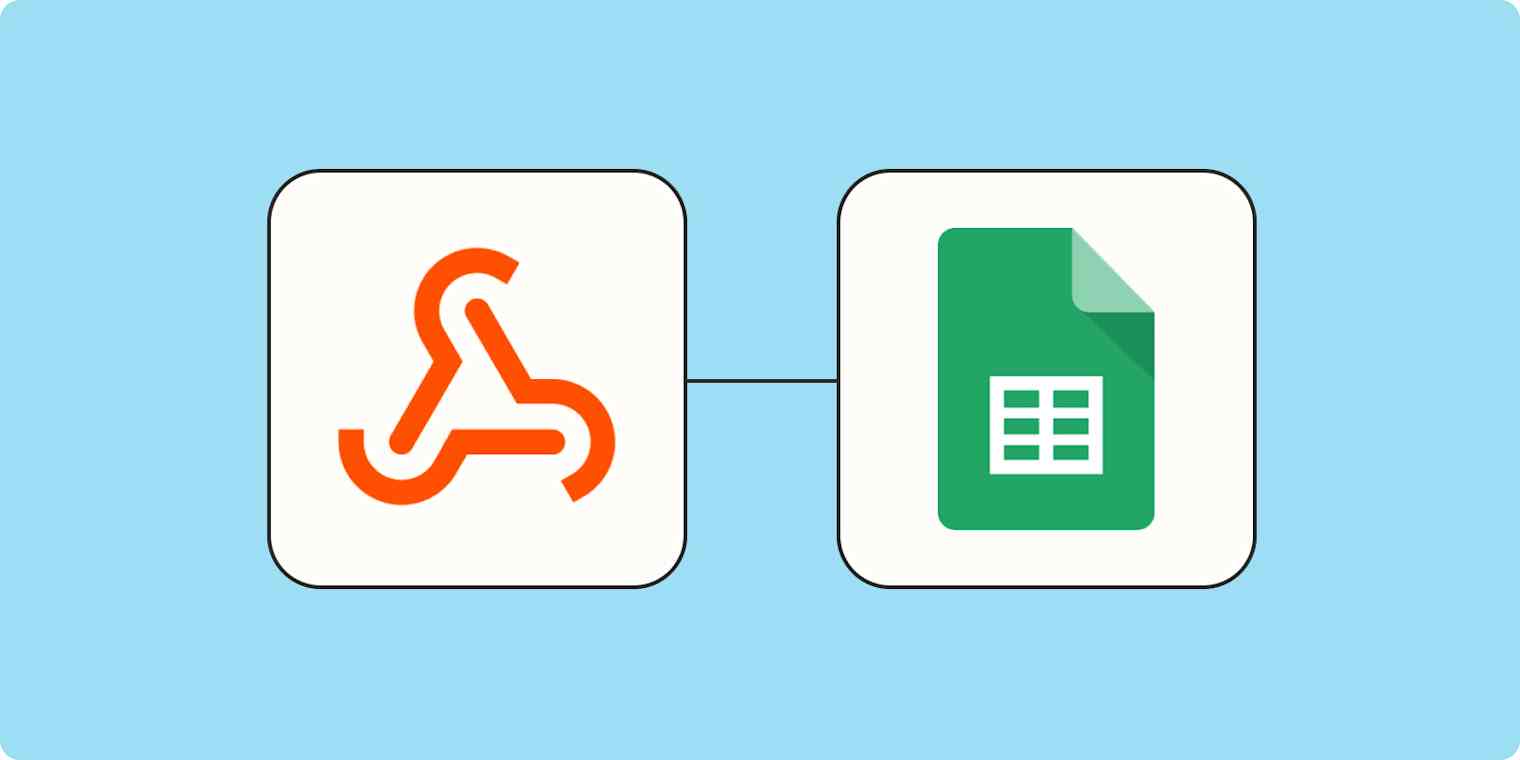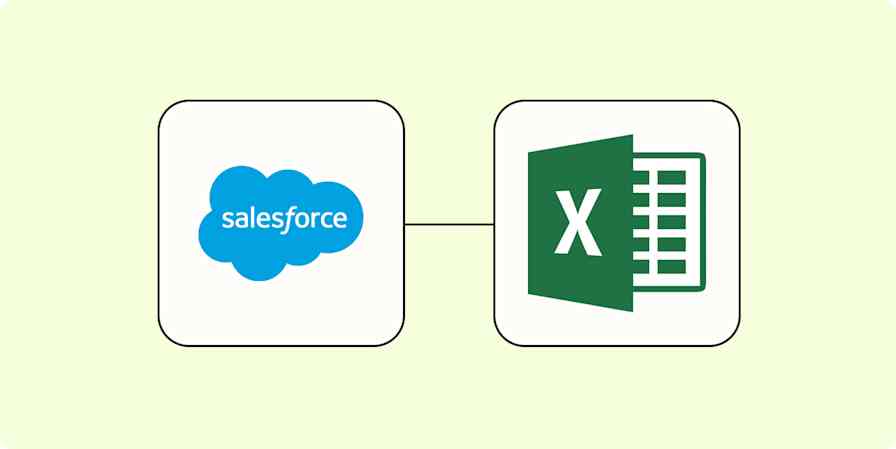Zapier tutorials
11 min readHow to integrate webhooks with Google Sheets
By Tyler Robertson · July 4, 2022

Get productivity tips delivered straight to your inbox
We’ll email you 1-3 times per week—and never share your information.
mentioned apps
Related articles
Improve your productivity automatically. Use Zapier to get your apps working together.






